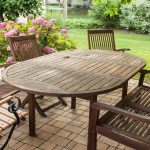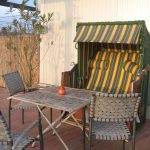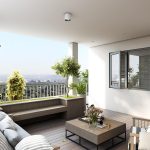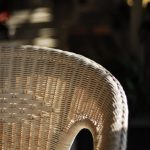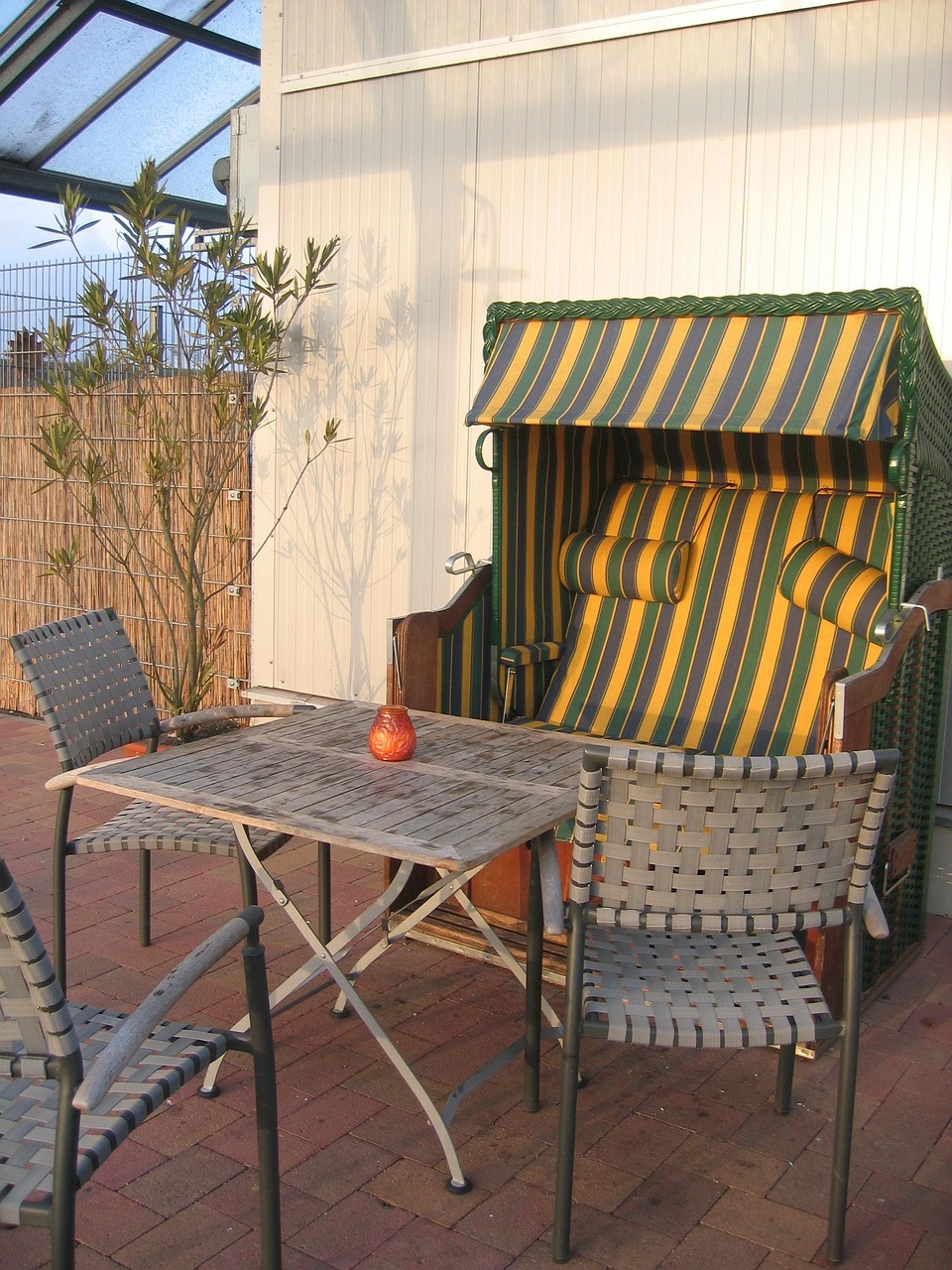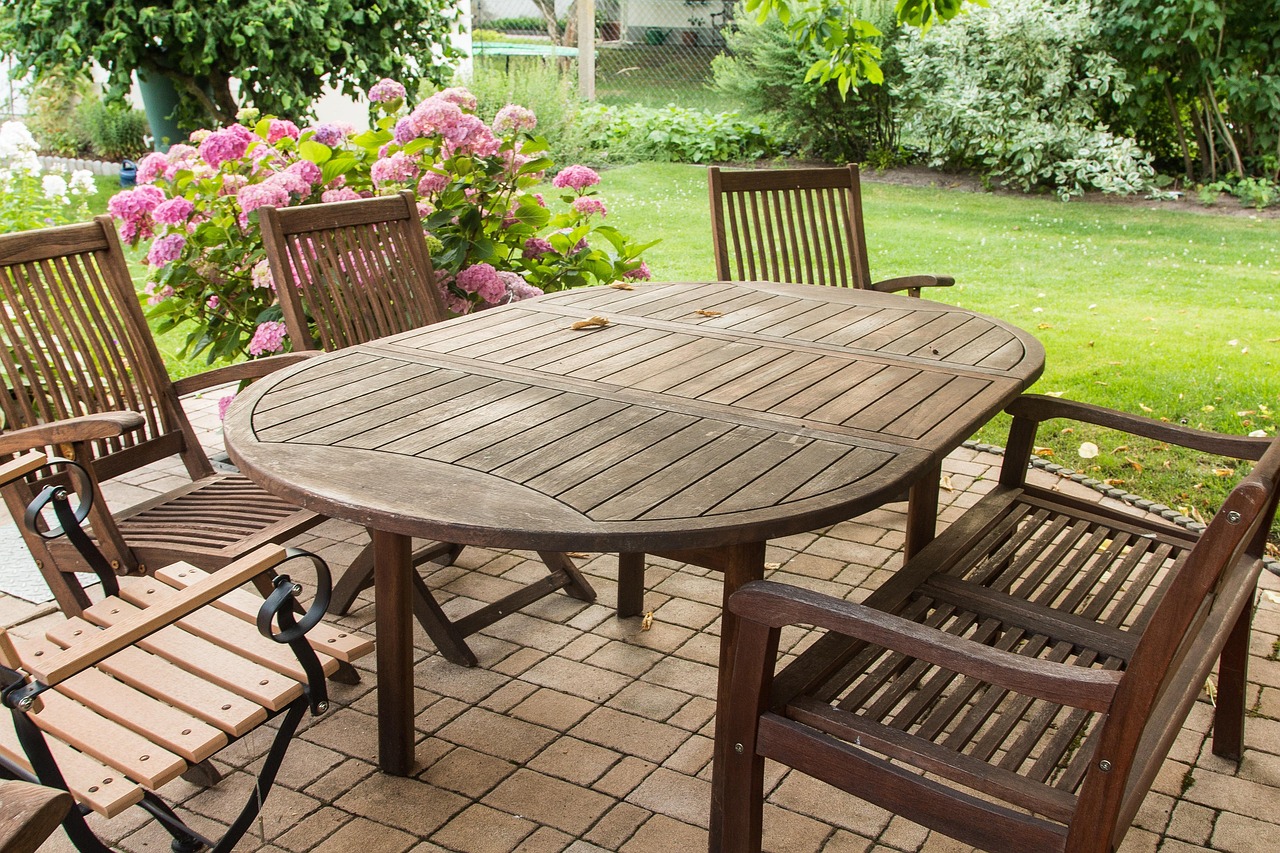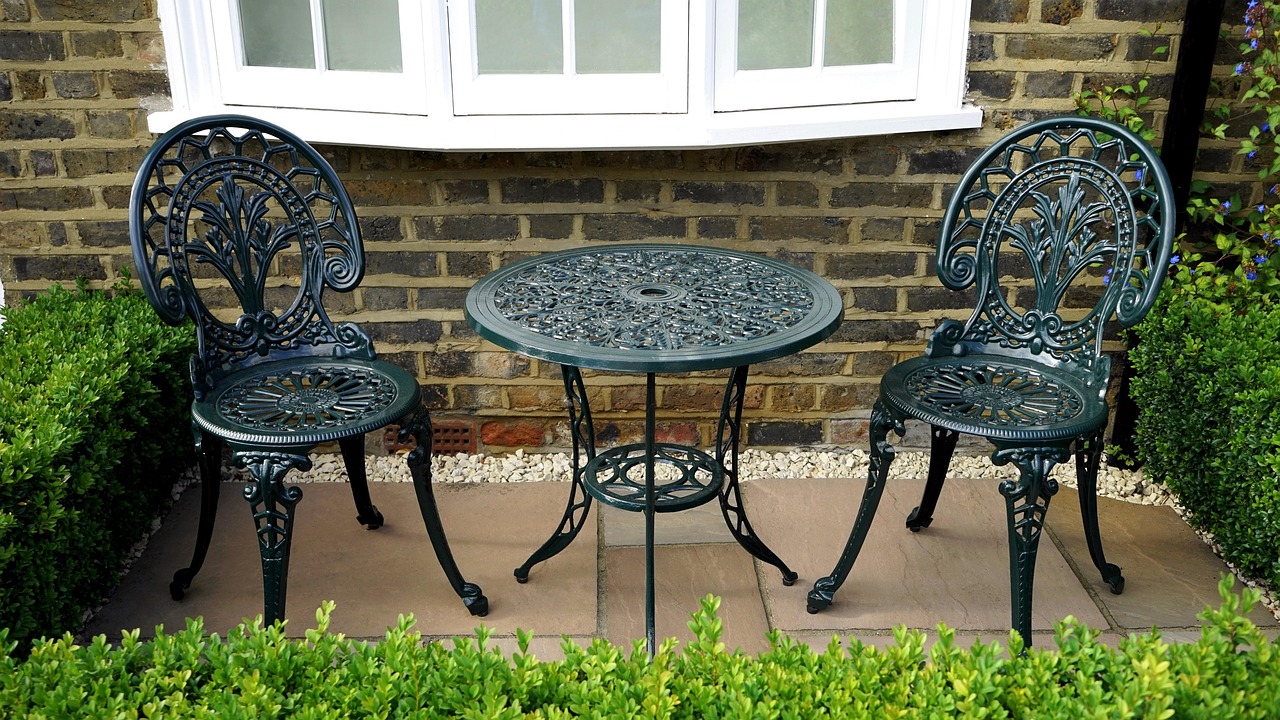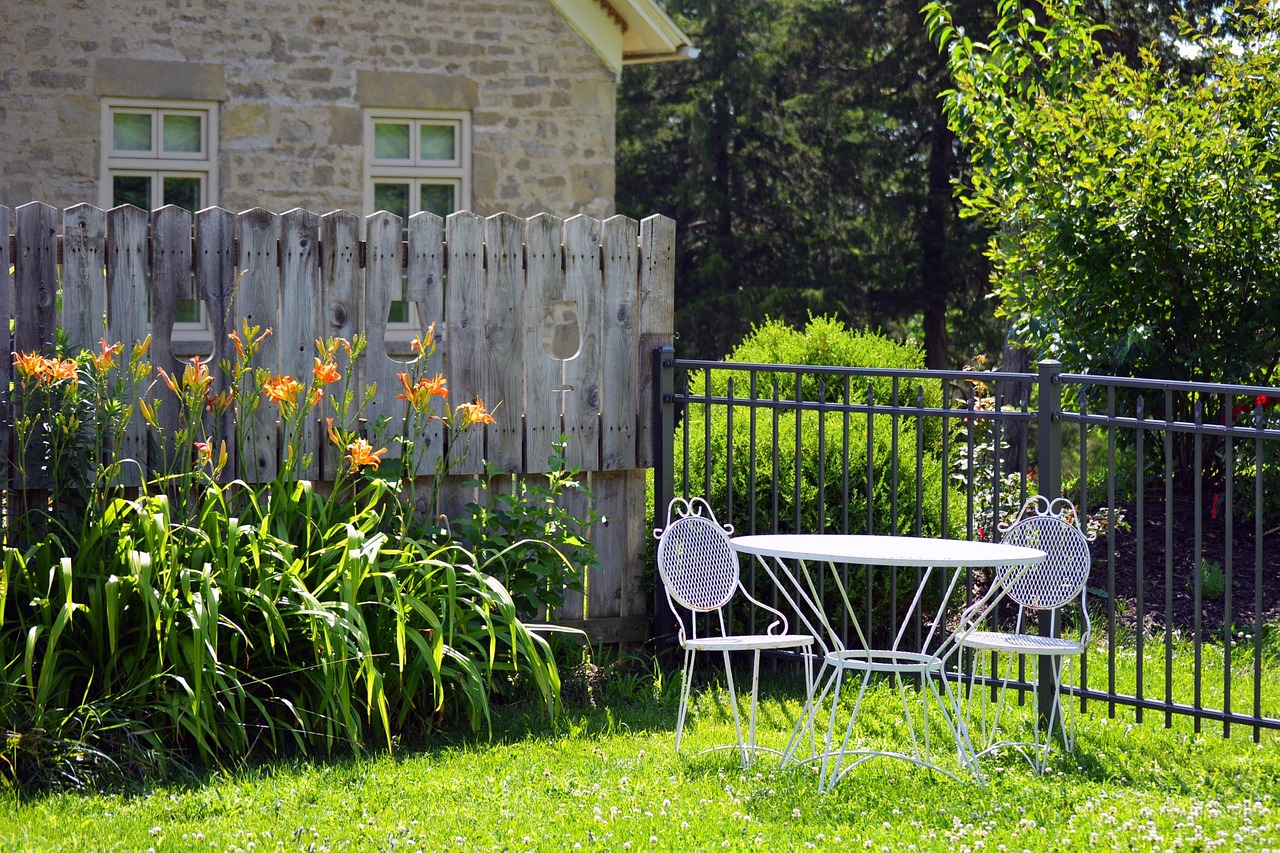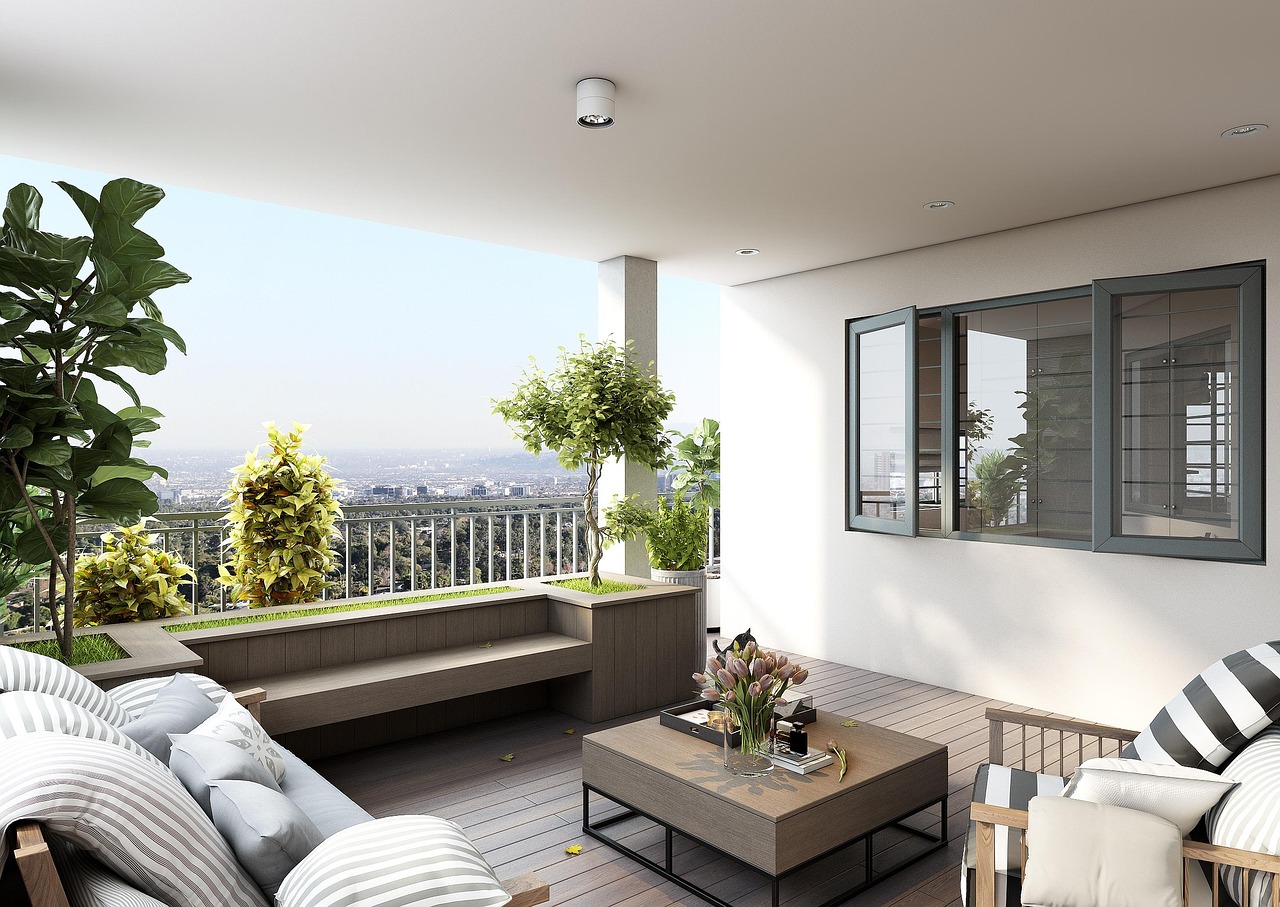Why Flat Weave Furniture Appeals: Lightweight Aluminium + Brushed Finish
The Evolution of Furniture Design
Early Beginnings
Furniture design has a rich history that dates back to ancient civilizations. Early furniture was primarily functional, crafted from available materials like wood, stone, and animal bones. These pieces were often rudimentary, serving basic needs such as seating, storage, and sleeping. The design was heavily influenced by the materials at hand and the skills of local craftsmen.
Influence of Art and Culture
As societies evolved, so did their furniture. The influence of art and culture became more pronounced, with furniture reflecting the aesthetic values and technological advancements of the time. The Renaissance period, for example, saw a surge in ornate designs, with intricate carvings and luxurious materials becoming prevalent. Furniture was no longer just functional; it became a symbol of status and wealth.
Industrial Revolution and Mass Production
The Industrial Revolution marked a significant turning point in furniture design. With the advent of mass production techniques, furniture became more accessible to the general public. This era introduced new materials such as metal and glass, which allowed for more innovative designs. The focus shifted towards efficiency and affordability, leading to the rise of styles like Art Deco and Modernism, which emphasized simplicity and functionality.
Mid-Century Modern and Minimalism
The mid-20th century brought about the Mid-Century Modern movement, characterized by clean lines, organic forms, and a seamless integration with nature. Designers like Charles and Ray Eames and Eero Saarinen pushed the boundaries of traditional design, experimenting with new materials like molded plywood and fiberglass. This period also saw the rise of minimalism, which stripped furniture down to its essential elements, focusing on form and function.
Contemporary Trends
In recent years, furniture design has continued to evolve, driven by technological advancements and changing consumer preferences. Sustainability has become a key consideration, with designers exploring eco-friendly materials and production methods. The integration of technology into furniture, such as smart home features, has also become increasingly popular. Moreover, there is a growing appreciation for craftsmanship and bespoke designs, as consumers seek unique pieces that reflect their personal style.
The Role of Materials
Throughout the evolution of furniture design, materials have played a crucial role. From the early use of wood and stone to the introduction of metals and plastics, each material has brought new possibilities and challenges. Today, designers are exploring innovative materials like aluminum and brushed textures, which offer durability, versatility, and a modern aesthetic. These materials are paving the way for new design trends, such as flat weave furniture, which combines traditional craftsmanship with contemporary style.
Understanding Flat Weave Furniture: Definition and Characteristics
Definition of Flat Weave Furniture
Flat weave furniture refers to a style of furniture that incorporates flat woven materials, typically in the construction of its surfaces or upholstery. This type of furniture is characterized by its use of tightly woven fibers that create a smooth, flat surface. The weaving technique used in flat weave furniture is similar to that used in creating flat weave rugs, where the fibers are interlaced in a way that produces a durable and even texture. This method of weaving results in a fabric that is both strong and aesthetically pleasing, making it a popular choice for modern furniture design.
Characteristics of Flat Weave Furniture
Durability and Strength
One of the primary characteristics of flat weave furniture is its durability. The tight weaving pattern contributes to the strength of the material, making it resistant to wear and tear. This makes flat weave furniture an excellent choice for high-traffic areas or for households with children and pets. The robust nature of the weave ensures that the furniture maintains its shape and appearance over time, even with regular use.
Aesthetic Appeal
Flat weave furniture is known for its clean lines and minimalist aesthetic. The flat, even surface of the weave creates a sleek and modern look that complements a variety of interior design styles. The simplicity of the weave allows for versatility in design, enabling the furniture to blend seamlessly with both contemporary and traditional decor. The texture of the flat weave adds visual interest without overwhelming the overall design of the space.
Versatility in Design
The flat weave technique allows for a wide range of design possibilities. Different fibers, such as cotton, wool, or synthetic materials, can be used in the weaving process, each offering unique textures and finishes. This versatility enables designers to create furniture pieces that cater to diverse tastes and preferences. The flat weave can also be dyed in various colors, providing endless options for customization and personalization.
Comfort and Functionality
Despite its flat appearance, flat weave furniture can be surprisingly comfortable. The even distribution of fibers in the weave provides a supportive surface that adapts to the contours of the body. This makes flat weave furniture suitable for seating options such as sofas, chairs, and ottomans. The functional aspect of flat weave furniture is further enhanced by its lightweight nature, making it easy to move and rearrange within a space.
Easy Maintenance
Flat weave furniture is relatively easy to maintain, which adds to its appeal. The tight weave structure prevents dirt and debris from penetrating deep into the fabric, making it easier to clean. Regular vacuuming and spot cleaning are usually sufficient to keep flat weave furniture looking fresh and new. The durability of the weave also means that it is less prone to snagging or pilling, ensuring a long-lasting and low-maintenance furniture option.
The Role of Aluminium in Modern Furniture
Historical Context and Evolution
Aluminium has a rich history in furniture design, dating back to the early 20th century. Initially used for its lightweight properties, aluminium became a popular choice during the modernist movement, which emphasized functionality and simplicity. Designers like Marcel Breuer and Charles and Ray Eames incorporated aluminium into their iconic pieces, setting a precedent for its use in contemporary furniture design. Over the decades, advancements in manufacturing and processing have expanded the possibilities of aluminium, allowing for more intricate and varied designs.
Properties of Aluminium
Lightweight and Durable
One of the most significant advantages of aluminium is its lightweight nature, which makes it ideal for furniture that needs to be easily moved or reconfigured. Despite its lightness, aluminium is incredibly strong and durable, offering a long-lasting solution for both indoor and outdoor furniture. Its resistance to corrosion and rust further enhances its durability, making it suitable for various environments.
Versatility in Design
Aluminium’s malleability allows designers to experiment with a wide range of shapes and forms, from sleek, minimalist lines to more complex, organic structures. This versatility enables the creation of furniture that can fit into diverse aesthetic styles, from industrial to contemporary. The ability to anodize or powder-coat aluminium also provides a spectrum of color options, enhancing its adaptability to different design schemes.
Sustainability and Environmental Impact
Aluminium is a highly sustainable material, as it is 100% recyclable without losing its properties. The recycling process requires only a fraction of the energy needed to produce new aluminium, significantly reducing its environmental footprint. This makes aluminium an attractive choice for eco-conscious consumers and designers who prioritize sustainability in their projects.
Integration with Other Materials
Aluminium’s compatibility with other materials, such as wood, glass, and fabric, allows for innovative combinations that enhance both functionality and aesthetics. In flat weave furniture, aluminium frames provide a sturdy structure that complements the flexibility and texture of woven materials. This integration results in pieces that are not only visually appealing but also practical and comfortable.
Technological Advancements
Recent technological advancements have further expanded the potential of aluminium in furniture design. Techniques such as 3D printing and advanced welding have enabled more precise and intricate designs, pushing the boundaries of what is possible with aluminium. These innovations continue to inspire designers to explore new possibilities, ensuring that aluminium remains at the forefront of modern furniture design.
Brushed Textures: Aesthetic and Functional Benefits
Visual Appeal
Brushed textures offer a unique visual appeal that sets them apart from other finishes. The subtle, linear patterns created during the brushing process add depth and character to the surface, making it visually interesting and dynamic. This texture can catch and reflect light in a way that enhances the overall appearance of the furniture, creating a sophisticated and modern look. The understated elegance of brushed textures can complement a wide range of interior styles, from contemporary to industrial, making them a versatile choice for designers and homeowners alike.
Tactile Experience
The tactile experience of brushed textures is another significant benefit. The fine, linear grooves provide a pleasant, tactile sensation that is both smooth and engaging to the touch. This texture can make furniture pieces feel more inviting and comfortable, encouraging interaction and use. The tactile quality of brushed surfaces can also contribute to the perception of quality and craftsmanship, as the texture suggests a level of detail and attention that is often associated with high-end furniture.
Durability and Maintenance
Brushed textures are not only aesthetically pleasing but also offer practical benefits in terms of durability and maintenance. The brushing process can help to mask minor scratches and imperfections that may occur over time, as the linear patterns can disguise wear and tear more effectively than smooth surfaces. This makes brushed textures an ideal choice for high-traffic areas or for furniture pieces that are subject to frequent use. The maintenance of brushed surfaces is generally straightforward, as they can be easily cleaned with a soft cloth and mild cleaning agents, ensuring that the furniture retains its attractive appearance with minimal effort.
Resistance to Fingerprints and Smudges
One of the functional advantages of brushed textures is their resistance to fingerprints and smudges. The textured surface reduces the visibility of marks and smudges that can be more apparent on polished or glossy finishes. This resistance is particularly beneficial for furniture pieces that are frequently handled, such as dining tables, chairs, and cabinets. The ability to maintain a clean and pristine appearance with less frequent cleaning is a practical benefit that enhances the usability and appeal of brushed texture furniture.
Versatility in Design
Brushed textures offer versatility in design, allowing for creative expression and customization. The texture can be applied to various materials, including metals like aluminum, to achieve different aesthetic effects. Designers can experiment with the direction, depth, and density of the brushing to create unique patterns and finishes that suit specific design visions. This versatility makes brushed textures a valuable tool for creating bespoke furniture pieces that stand out and reflect individual style preferences.
Advantages of Flat Weave Furniture in Contemporary Spaces
Versatility in Design
Flat weave furniture offers a remarkable versatility that makes it an ideal choice for contemporary spaces. Its sleek and minimalist design can seamlessly blend with various interior styles, from modern and industrial to Scandinavian and bohemian. The clean lines and understated elegance of flat weave furniture allow it to complement existing decor without overwhelming the space. This adaptability ensures that flat weave pieces can be easily integrated into different rooms, whether it’s a living room, bedroom, or outdoor patio.
Durability and Longevity
One of the standout advantages of flat weave furniture is its durability. The weaving technique used in its construction results in a tightly woven fabric that is resistant to wear and tear. This makes it particularly suitable for high-traffic areas in contemporary homes. The use of materials like aluminum in the frame further enhances the furniture’s longevity, as aluminum is known for its resistance to rust and corrosion. This combination of durable materials and construction techniques ensures that flat weave furniture can withstand the test of time, maintaining its aesthetic appeal and functionality for years.
Lightweight and Easy to Move
Flat weave furniture is typically lightweight, making it easy to rearrange and move around as needed. This is a significant advantage in contemporary spaces where flexibility and adaptability are key. Whether you’re hosting a gathering or simply want to refresh the look of a room, the lightweight nature of flat weave furniture allows for effortless reconfiguration. This ease of movement also extends to outdoor spaces, where furniture may need to be relocated to accommodate changing weather conditions or different uses.
Comfort and Ergonomics
Despite its sleek appearance, flat weave furniture does not compromise on comfort. The weaving technique provides a supportive yet flexible seating surface that conforms to the body’s contours. This ergonomic design ensures that flat weave furniture is comfortable for extended periods, making it suitable for both relaxation and socializing. The addition of cushions and pillows can further enhance comfort, allowing for a personalized seating experience that meets individual preferences.
Low Maintenance
Flat weave furniture is known for its low maintenance requirements, which is a significant advantage for busy contemporary lifestyles. The tightly woven fabric is easy to clean and resistant to stains, making it ideal for families with children or pets. Regular maintenance typically involves simple cleaning with a damp cloth or mild detergent, ensuring that the furniture remains in pristine condition with minimal effort. This ease of care allows homeowners to enjoy the aesthetic and functional benefits of flat weave furniture without the burden of extensive upkeep.
Eco-Friendly Options
In an era where sustainability is increasingly important, flat weave furniture offers eco-friendly options that appeal to environmentally conscious consumers. Many manufacturers use recycled materials in the production of flat weave furniture, reducing the environmental impact. Additionally, the durability and longevity of these pieces mean they do not need to be replaced frequently, further minimizing waste. This commitment to sustainability aligns with the values of contemporary spaces that prioritize eco-friendly design and living.
Sustainability and Durability: Key Factors for the Future
The Role of Aluminium in Sustainability
Aluminium is a cornerstone in the sustainability of flat weave furniture. Its lightweight nature reduces transportation emissions, making it an eco-friendly choice for manufacturers and consumers alike. Aluminium is also highly recyclable, with the ability to be reused without losing its quality. This recyclability reduces the need for raw material extraction, conserving natural resources and minimizing environmental impact. The energy required to recycle aluminium is significantly lower than that needed for primary production, further enhancing its sustainability credentials.
Durability of Aluminium in Furniture Design
Aluminium’s durability is another critical factor that makes it ideal for flat weave furniture. It is resistant to corrosion and rust, ensuring longevity even in outdoor settings. This resistance to environmental factors means that aluminium furniture requires less frequent replacement, reducing waste and the demand for new resources. Its strength-to-weight ratio is impressive, providing robust support while maintaining a sleek, modern aesthetic. This durability ensures that furniture can withstand daily use and harsh conditions, making it a long-term investment for consumers.
Brushed Textures: Aesthetic and Functional Benefits
Brushed textures in flat weave furniture offer both aesthetic and functional benefits. The process of brushing creates a unique, tactile surface that enhances the visual appeal of the furniture. This texture not only adds a sophisticated look but also helps in concealing minor scratches and wear, maintaining the furniture’s appearance over time. The brushed finish can also improve grip, making furniture safer and more comfortable to use. This combination of aesthetic and functional benefits contributes to the overall durability and longevity of the furniture.
Environmental Impact of Brushed Aluminium
The environmental impact of brushed aluminium is minimal compared to other materials. The brushing process itself is relatively low-impact, requiring less energy and fewer chemicals than other finishing techniques. This makes it a more sustainable option for manufacturers looking to reduce their carbon footprint. The durability of brushed aluminium means that furniture pieces are less likely to end up in landfills, as they maintain their appearance and functionality over time. This longevity reduces the need for frequent replacements, further decreasing the environmental impact associated with furniture production and disposal.
Case Studies: Successful Implementations of Flat Weave Furniture
Residential Spaces
Urban Loft in New York City
In a chic urban loft in New York City, flat weave furniture has been successfully integrated to create a modern and minimalist aesthetic. The use of aluminium frames combined with brushed textures provides a sleek and contemporary look that complements the industrial elements of the loft. The furniture’s lightweight nature allows for easy rearrangement, catering to the dynamic lifestyle of the residents. The flat weave design also offers durability and ease of maintenance, making it ideal for the high-traffic environment of a city dwelling.
Coastal Retreat in Malibu
A coastal retreat in Malibu showcases the versatility of flat weave furniture in a residential setting. The outdoor patio features flat weave lounge chairs and tables with aluminium frames, designed to withstand the salty sea air and intense sunlight. The brushed texture of the furniture adds a tactile element that enhances the sensory experience of the outdoor space. The furniture’s ability to blend seamlessly with the natural surroundings highlights its adaptability to various environments.
Commercial Spaces
Boutique Hotel in Miami
In a boutique hotel in Miami, flat weave furniture has been implemented to enhance the guest experience. The hotel’s poolside area is furnished with flat weave sun loungers and cabanas, offering a luxurious yet practical solution for outdoor relaxation. The aluminium and brushed texture combination provides a modern aesthetic that aligns with the hotel’s brand identity. The furniture’s resistance to moisture and UV rays ensures longevity, reducing the need for frequent replacements and maintenance.
Office Space in San Francisco
An innovative office space in San Francisco has adopted flat weave furniture to create a flexible and collaborative work environment. The open-plan office features modular flat weave seating arrangements that can be easily reconfigured to accommodate different team sizes and activities. The aluminium frames provide stability, while the brushed textures add a touch of sophistication to the workspace. This implementation demonstrates how flat weave furniture can contribute to a productive and aesthetically pleasing office setting.
Public Spaces
Urban Park in Chicago
In an urban park in Chicago, flat weave furniture has been utilized to enhance the functionality and appeal of public seating areas. The park’s benches and picnic tables feature flat weave designs with aluminium frames, offering durability and resistance to the elements. The brushed texture provides a comfortable seating experience for visitors, while the modern design complements the park’s contemporary landscape architecture. This case study illustrates the potential of flat weave furniture to improve public spaces by providing practical and stylish seating solutions.
Airport Lounge in Singapore
An airport lounge in Singapore has successfully implemented flat weave furniture to elevate the passenger experience. The lounge’s seating areas are equipped with flat weave chairs and sofas, designed to offer comfort and support during long layovers. The aluminium and brushed texture combination creates a sophisticated and inviting atmosphere, aligning with the lounge’s premium service offering. The furniture’s lightweight and modular design allows for easy reconfiguration, accommodating varying passenger volumes and needs.
Conclusion: The Future of Interior Design with Flat Weave Furniture
Integration of Modern Materials
Flat weave furniture is increasingly becoming a staple in modern interior design due to its seamless integration with contemporary materials. Aluminium, known for its lightweight and durable properties, plays a pivotal role in enhancing the functionality and aesthetic appeal of flat weave furniture. The use of aluminium not only ensures longevity but also allows for innovative designs that are both sleek and sturdy. This integration of modern materials is setting a new standard in furniture design, making flat weave pieces highly desirable for future interiors.
Versatility and Adaptability
The versatility of flat weave furniture is unmatched, making it a perfect fit for various interior styles, from minimalist to eclectic. Its adaptability allows designers to experiment with different textures and finishes, such as brushed surfaces, which add a layer of sophistication and depth to any space. This adaptability ensures that flat weave furniture can easily transition between different design trends, maintaining its relevance and appeal in the ever-evolving world of interior design.
Sustainability and Eco-Friendliness
As sustainability becomes a crucial consideration in design, flat weave furniture stands out for its eco-friendly attributes. The production processes often involve sustainable practices, and the materials used, such as aluminium, are recyclable. This focus on sustainability not only reduces the environmental impact but also aligns with the growing consumer demand for eco-conscious products. The future of interior design will likely see an increased emphasis on sustainable furniture options, with flat weave pieces leading the charge.
Technological Advancements
Technological advancements are playing a significant role in the evolution of flat weave furniture. Innovations in manufacturing techniques and material science are enabling the creation of more intricate and durable designs. These advancements are not only enhancing the quality and functionality of flat weave furniture but also expanding the possibilities for customization. As technology continues to evolve, flat weave furniture will likely incorporate smart features, further solidifying its place in the future of interior design.
Aesthetic Appeal and Comfort
The aesthetic appeal of flat weave furniture is undeniable, with its clean lines and modern textures offering a timeless elegance. The incorporation of brushed textures adds a tactile element that enhances the overall sensory experience, making these pieces not only visually appealing but also comfortable. This combination of aesthetics and comfort is crucial in creating inviting and functional living spaces, ensuring that flat weave furniture remains a popular choice for designers and homeowners alike.
